Since the 1890s, the heterotrophic plate count (HPC) method or Standard Plate Count, developed by Robert Koch, is used to determine the microbiological quality of drinking water. However, it severely underestimates the actual microbial cell number, as only 0.01 to 1 % of the cells are able to grow and form a colony which then is counted in the test. Colony formation on culture media has to take place, so the test results are only available three to ten days later.
Researchers at Eewag, Switzerland, have developed a flow cytometry-based method which provides a realistic quantification of microbial presence in a water sample. Cells are stained with a fluorescing, nucleic acid-binding dye. The method distinguishes between small, fainter-staining or low nucleic acid content cells (LNA) and large, brighter-staining or high nucleic acid content cells (HNA). The LNA/HNA ratio can be used as a basic microbiological fingerprint of drinking water. The number of microbial cells in a water sample is available in less than 15 minutes.
After standardization and validation the method was included as an official method in the Swiss Food Book (SLMB) by the Federal Office of Public Health.
- www.bag.admin.ch/themen/lebensmittel/04857/13578/index.html?lang=de (in German)
- Switzerland accepts new drinking water quality sampling method,
Thomas Egli, Frederik Hammes, Stefan Kötzsch,
Water21 2013, June, 45.



